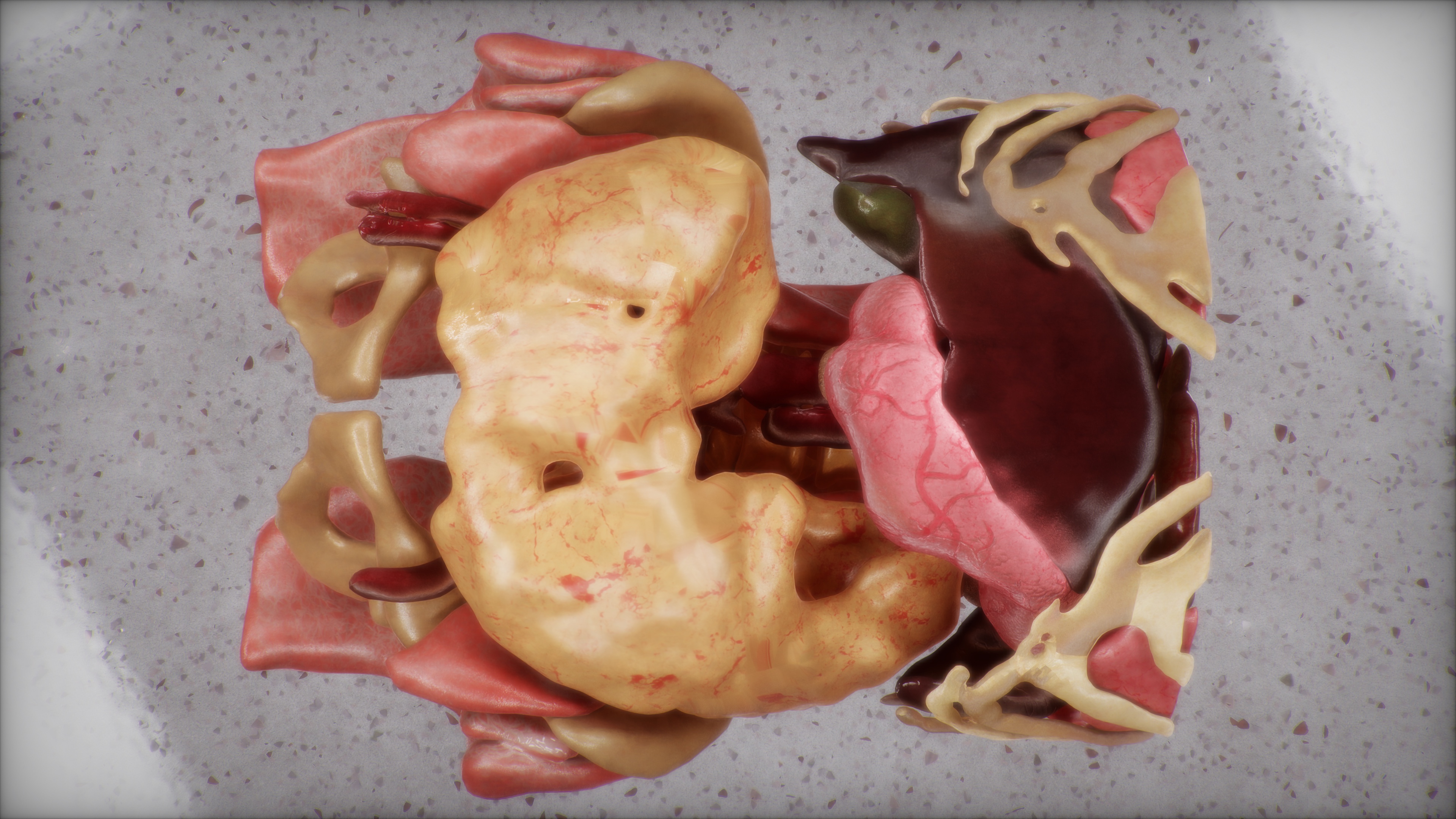Example Tasks
Suture Needle Handover
In this task, the robot hands over a suture needle from one arm to the other. SuFIA queries a language model to understand the surgeon's request and plan the handover motion and also communicates its intentions to the surgeon. SuFIA directly devises and executes the low-level robot actions and trajectories for the handover motion. The robot can adapt to the surgeon's preferences and adjust the handover motion accordingly.
Vessel Dilation
In this task, a spring clamp assembly holds a soft vessel phantom from two points. The dVRK arm is required to grip the vessel rim from a third point facing the robot and dilate the vessel by pulling backward.
Our Related Projects
|
